by Jacob Olander
The Ecuadorian Amazon is remarkably easy to get to. In no other of the eight countries of the Amazon River basin is the rainforest so accessible. In just a 3-hour drive from the Andean capital city of Quito, where we live, you’re down in the rainforest lowlands. It´s one of my favorite transects, taking you from the 2-million inhabitant sprawl of the city, up and over windswept páramo grasslands on the flanks of the massive glacial Antisana volcano at a 4000-meter pass, then down and up and down again, through glistening green cloud-forest ridges to the expansive rolling lowlands of the upper Amazon basin, in the province of Napo. It never fails to remind me how lucky I am to live in this place I´ve called home for the last 20 years.
Despite being so close, and the fact that the Amazon region comprises about 45% of Ecuador´s territory, the foods and ingredients of the Amazon are largely invisible in the highlands and coast which hold the lion´s share of population – and economic and political power.
With Marta Echavarria, Canopy Bridge co-founder (and my wife) we did a quick round last week of the region, meeting with producer groups and scouting out ingredients for Quito restaurants showcasing the Amazon as part of World Wildlife Fund’s Earth Hour. Ecuador´s Amazon continues torn in the tug-of-war between two very different visions of development: carving it up for extraction of as much oil and mineral wealth as possible in the service of national development and other economic interests – or development drawing on its virtually limitless and unique biological diversity. Energy derived from long-dead biomass of the dinosaur age versus a vibrant cornucopia of possibilities from the farms, forests and local people of the Amazon? You can probably guess which side we come down on.
As we drove through the oil patch around Joya de las Sachas and Lago Agrio, the cyclical bust of the petroleum economy was palpable – all the sundry businesses providers of equipment and services, both industrial and sordid, had pretty much ground to a halt. Meanwhile farmers, indigenous peoples and researchers are working harder than ever to transform biological diversity into economic possibility. A few highlights we’d like to share.
Amazon gastronomy scene picking up steam
One of the main reasons for our journey was to connect with producers of native chili peppers and other ingredients to supply Quito restaurants, showcasing the Amazon and drawing on a whole new palate of flavors. We collaborated with World Wildlife Fund and 24 restaurants in several cities as part of WWF’s ‘Earth Hour’ on March 19th. The theme – sustainable food and climate change – resonates for the Amazon in very particular ways. Valuing and consuming food from the rainforest and small-scale indigenous farmers of the region can be a powerful tool to put money in the pockets of those on the front lines of forest conservation – keeping intact one of the world’s biggest living storehouses of heat-trapping carbon while recognizing their cultural traditions.
It was great to connect with local chefs, researchers and producers who are working to realize this potential. Far from the more glamorous restaurant scenes of the big cities, the attention of chefs in the region is also swinging back to local ingredients and traditions, including people like Juan Jose Aniceto of Cocinas Ancestrales who’s been cataloging the products and rich heritage of over 60 Amazon indigenous communities and plans to be launching a book later this year. Or researchers like Claudia Garcia, a Slow Food University graduate, who’s compiling a food diversity atlas of the Amazon for the Ministry of Culture, including products, producers and recipes. Initiatives like these should help make it much easier to appreciate, discover and sustain these rich foodways.
Let’s hope they get the attention and dissemination they deserve. We´re still missing lots of basic information on preparation and processing of new ingredients: how do you get fresh fiddlehead ferns to market without their wilting and turning black in less than 24 hours? How do you get the pulp off patas, (Theobroma bicolor, a first cousin to cacao with delicious seeds, easily peeled to the get roasted or boiled)? What do you do with pitón? How many varieties of Amazonian chili peppers are there? What´s the best way to prepare fresh palm heart salad? What does it take to manage all these new crops and forest products sustainably? Lots of potential; lots of work to be done!
Kallari: Chocolate or vanilla?
We’ve been longtime admirers of Kallari’s products. Their chocolate bars, based on fine-flavor cacao, keep getting better and better. And in an era plagued by questions of credibility and origin – witness the recent Mast Brothers blowup – Kallari is about as authentic as it gets. Cacao from the birthplace of the crop, grown by native Kichwa farmers in diverse agro-forestry plots, processed and sold by an indigenous-owned and run enterprise. We enjoyed a long visit with Galo Grefa, the association’s current president, with ambitious plans to finish their own chocolate factory to bring all the value added in-house – a plan currently looking for investment to finish a stranded project partially funded by the government of Ecuador.
And we loved their new push to produce vanilla. The Vanilla planifolium orchid is native to the Amazon and is still found growing wild in the rainforest, though far-off Indonesia and Madagascar dominate the global trade. Kallari producers fanned out to scour their forest territories, coming back with two different varieties, one of which – the more flavorful and aromatic coming from deep in the primary forest – is now in cultivation by 300 farmers. Much of the art in producing fine vanilla is in the process of sweating, drying, and curing after the harvest, and the market is ferociously competitive, but it’s inspiring to see vanilla from native producers from its native land.
Rainforest spice: Chankuap
The Chankuap Foundation, based in Macas, has been working with indigenous communities, mainly Shuar and Achuar, for nearly twenty years. They’ve been pioneers in bringing to market non-timber forest products from the Ecuadorian Amazon, using sustainable practices based on specific management plans. They are one of the few long-standing operations in the Amazon that has been working with products like ishphingo (Ocotea quixos), sangre de drago (Croton lechleri) and ungurahua (Oenocarpus bataua). It was a wonderful opportunity for a long talk with Paúl Arévalo, their head of commercialization, to understand their work with the remote communities producing these and other products. They´re commitment to putting mission before convenience was impressive: while many of these products could be sourced closer from farmers closer to their warehouse and offices in the town of Macas, they continue to focus on providing alternatives for communities that are typically only accessible on foot, river or at remote airstrips. And though the costs and logistical challenges of making these supply chains work is often daunting, the sale of these products often makes a huge difference in villages where other alternatives are scarce.
And though the trip, and this blog, is centered on the Amazon, it’s worth mentioning that the whole journey started at a workshop convened by LatinCrop – a joint project including partners from the University of Copenhagen, and our friends at Gustu/Melting Pot in Bolivia – focused on underutilized crops of the Andes.
Again, I love this about Ecuador: we met in the morning in the chilly shadow of 6,300 meter tall Chimborazo, a looming mass of ice and snow, to talk about delicious, nutritious and mostly underappreciated crops like amaranth, canigua, quinoa, mashwa and – our personal favorite protein-packed chochos or tarwi, before ending the day in the jungle foothill town of Macas.
Ecuadorian companies, communities and consumers are probably uniquely blessed with just how much diversity they have to work with, so close at hand.
Recommended Links
[clear]
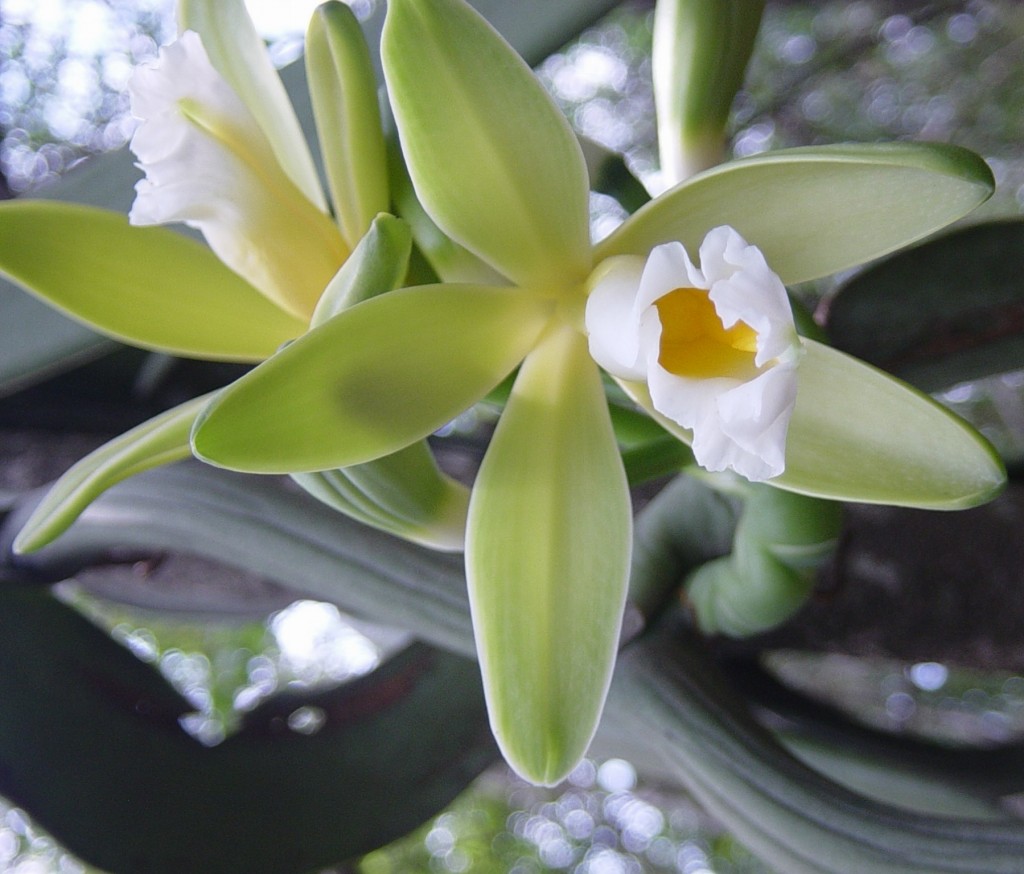
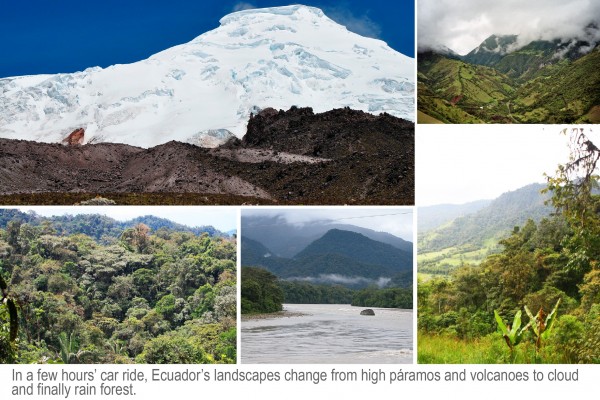
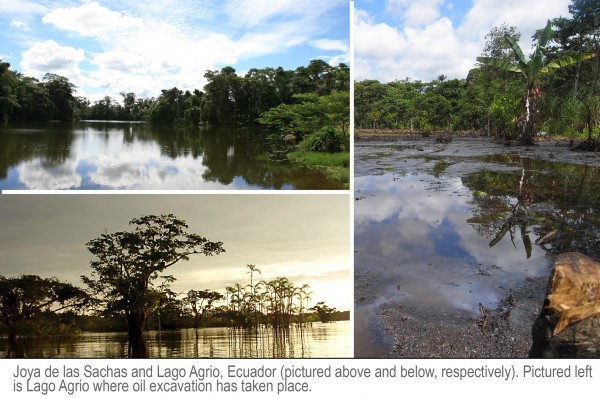

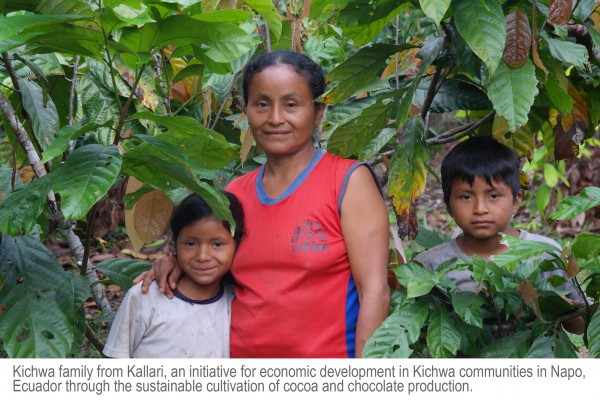
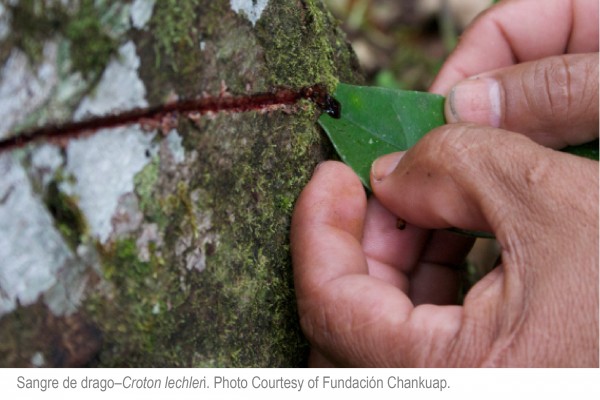
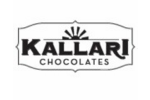




Would you have a good connection for high quality spices and herbs.i am looking for bulk wholesale pricing.thanks kim
We’d be glad to help. we. work directly with the communities.